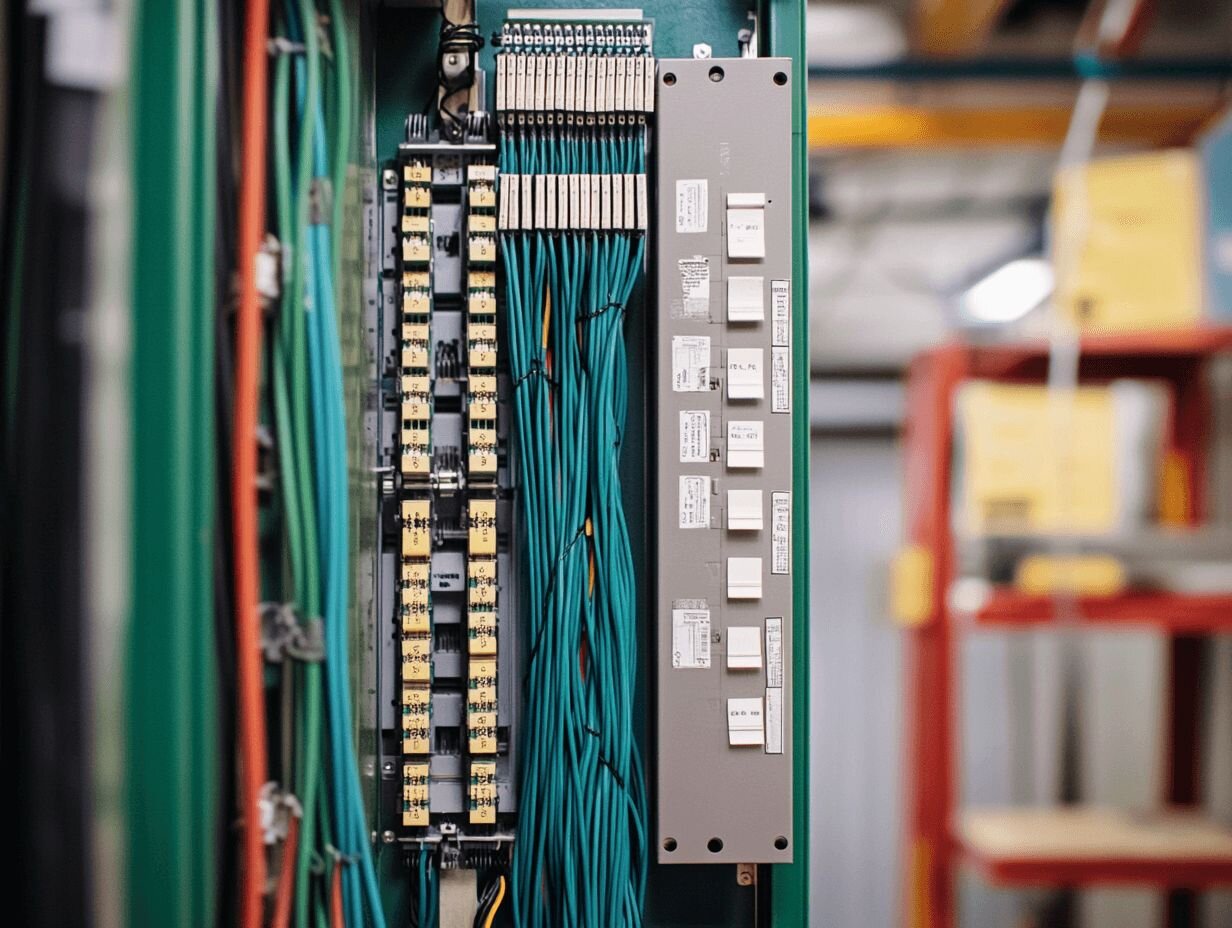Whether you’re a commercial contractor, an MEP lead, or managing crews in the field, the 2026 NEC update represents a full structural overhaul. It’s designed to make the code more usable, more relevant, and better aligned with today’s systems.
While these changes are still technically proposals, they’ve seen little to no opposition in the public comment process. This means it’s highly likely they will move forward as written.
Here’s what’s currently proposed, and what you should be tracking as the code cycle progresses.
Snap Switches Are Moving
One of the most noticeable changes: snap switches like light dimmers and basic wall switches are moving from Article 404 to Article 406. Article 406 is now the new home for “wiring devices,” including receptacles and standard wall switches. Basically, the everyday stuff that electricians touch constantly.
Article 404 will now focus solely on larger gear, like disconnect switches, motor circuit switches, fused and unfused breakers, and other heavy-duty switchgear typically found in commercial panels or HVAC systems.
Why it matters: If you’re doing plan reviews or quoting based on code references, expect those article numbers to shift. And make sure your subs are on the same page come inspection time.
Medium-Voltage Work Gets Its Own Playbook
If you work on systems over 1000 volts AC (or 1500 volts DC), the NEC’s new structure makes life a little easier.
Articles 265 through 270 now house everything tied to high-voltage branch circuits, feeders, services, and grounding/bonding. The content used to be scattered across Article 235 and other sections. It’s now in one place, cleaned up, and easier to follow.
This matters for larger commercial, utility, and industrial jobs, especially with more buildings moving to distributed power and grid-scale systems. Fewer surprises, fewer interpretation issues.
Low-Voltage and Limited-Energy Systems Get a Major Overhaul
Chapter 7 is getting a full remodel. The NEC has added a whole new suite of articles (720–750) to cover power-limited, fault-managed, and optical fiber systems, all under the banner of “limited-energy.”
Think security systems, PoE lighting, and low-voltage comms. This area of the industry is exploding, and now the NEC has structure to match. Expect new rules on wiring methods, power sources, raceways, overvoltage protection, and even grounding and bonding.
Chapter 8, once a standalone section, has now been folded into the broader NEC framework. If your work involves low-voltage systems, expect a major shift in how the requirements are structured. This isn’t a minor adjustment. It’s a full reorganization that affects how you find, interpret, and apply the rules.
Arc-Flash Labeling Just Got Stricter
Section 110.16 now requires expanded arc-flash hazard labels on a wider range of gear, including switchboards, panelboards, motor control centers, and more. Labels must now follow NFPA 70E standards, listing key safety info like incident energy levels and required PPE.
It’s a big step toward protecting workers, but it also means you’ll need updated labeling procedures, especially during install and commissioning.
New GFCI Rules for HVAC Units
Starting September 1, 2026, outdoor HVAC equipment must be protected with one of four GFCI options:
- A standard Class A GFCI
- A Class A GFCI marked HF or HF+ (for high-frequency leakage current)
- A Class C SPGFCI
- A Class C SPGFCI marked HF or HF+
Why? Traditional GFCIs have been nuisance-tripping on HVAC units with variable-speed drives. The new options solve that without compromising safety. Make sure your teams are speccing the right devices now so you’re not scrambling later.
Train Your Team, Adjust Your Bids, Stay Compliant
NEC 2026 isn’t final yet, but the proposals already point toward a shift: higher voltages, smarter systems, stricter safety. Don’t wait for the codebook to hit your desk. Start reviewing the changes, talking with your crews, and adjusting workflows now. Because when the new code lands, the contractors who are ready will be the ones still winning bids and passing inspections.



